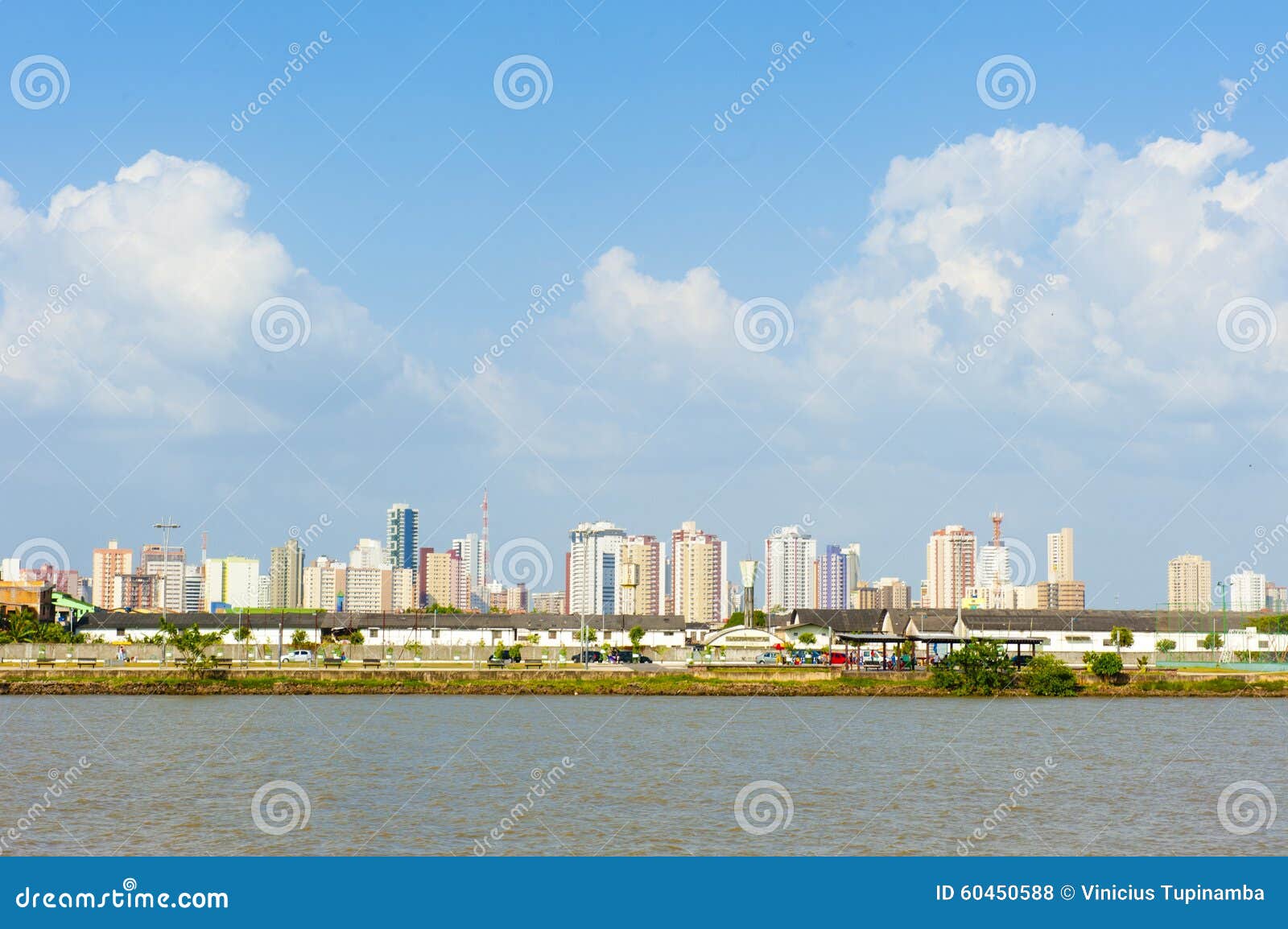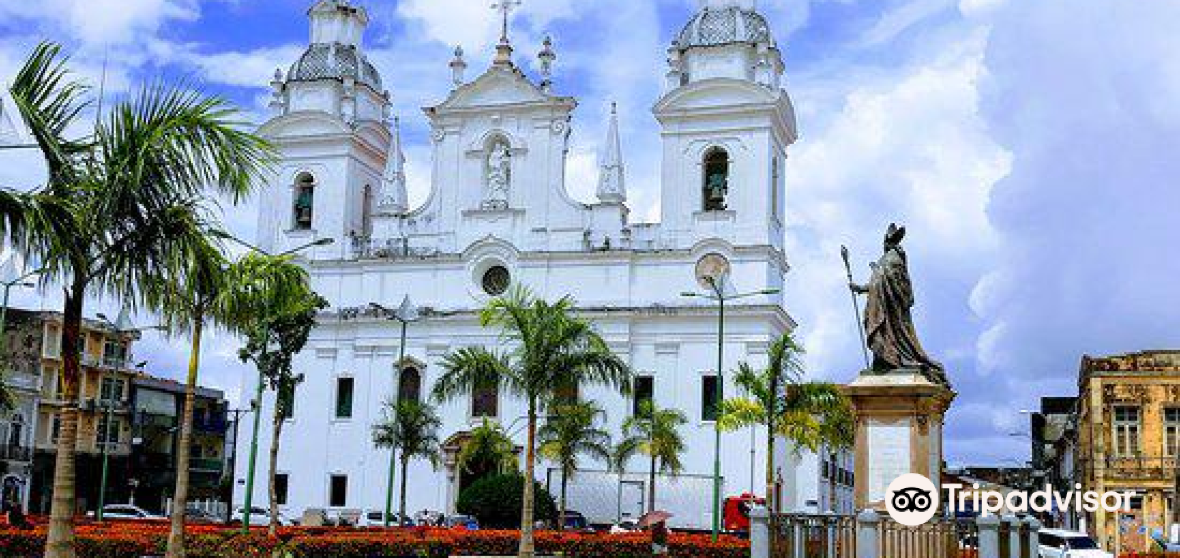
Inside the three restored English iron sheds, you’ll find restaurants, bars, event space and even a passenger terminal. The tourist and gastronomic complex occupies 500 meters of riverfront in the old port of Belém, built in the 19th century. This is one of the must-see attractions in Belém. Return to the city centre for sunset views and happy hour at the Estação das Docas waterfront complex. Strolling beneath the mango trees of Nazaré offers shelter from Belém’s midday heat, because Belém lies 160km south of the equator in a tropical rainforest climate zone with high temperature, high humidity and rainy seasons.

Behind the market, the narrow cobblestone streets of Campina and Cidade Velha showcase colonial palaces from the city’s Rubber Boom heyday, and atmospheric botecos serve crab-stuffed unhas de carangueijo and cachaça infused with jambu leaves which will leave your mouth tingling. After browsing the stalls, join workers at rustic kiosks for an energizing bowl of açai with crunchy manioc flour and an optional side of fried pirarucu fish. Head to Ver-o-Peso Market to watch sailors unloading spices, fruits and medicinal herbs from further up the river. Waking up early in Belém to the rising sun and parrot cries is an invitation to immerse yourself in the rhythms of local life. Come visit Belém for an authentic experience that merges bygone eras with the new and vibrant contemporary expressions that only a metropolis in the Amazon has to offer.īelém do Para as the city is also known for, is the second largest state in Brazil and located in the Guajará Bay, Northern Region. Its pulp is also extracted to make juices, candies, jellies, liquors and ice creams. One such dish, ‘Cupuaçu’, comes from the Cupuaçu tree, found in the Amazonian woods and is easily identified by its unique small and sour taste. As for the vibrant cuisine the local Amerindian culture makes use of local elements to create the colors and flavors of its cuisine. Traditional music and dance, as well as Samba shows, are all popular throughout the city. Belém continues to draw people in for dancing and music. An ancestral composition of European, Amerindian (Indigenous) and African. If you’re in a musical mood, let yourself be swept away by traditional Afro-indigenous carimbó or the pulsing, electronic strains of contemporary tecnobrega, infectious rhythms that capture Belém’s vibrant spirit. Venturing further from the Ver-o-Peso market, you’ll find riverfront refreshment on Ilha do Combu, with rustic restaurants suspended on stilts above the water, and Ilha do Mosqueiro, prized for its sandy freshwater beaches. For those fond of novel culinary experiences, Belém is paradise there are numerous bars and restaurants serving what is regarded as the most indigenous cuisine in Brazil. The city’s colonial houses and palaces are shaded by the ancient mango trees that line its streets.

Interestingly, the first rhino to set foot in Portugal was in 1513 from India.At the mouth of the Amazon River lies the historical city of Belém, which was founded in 1655.

On the western façade of the Tower of Belém, you’ll find a curious gargoyle in the shape of a rhinoceros. The floors are, from bottom to top: The Governor’s Hall, The Kings’ Hall, the Audience Hall, the Chapel and Roof terrace. Each story is connected by a small and narrow spiral staircase, which, on the busiest days is a little overwhelming, having to wait your turn to climb and descend. The tower has five floors which lead to a roof terrace. The visit also includes a tour of the pits and holes where the prisoners were thrown into.
Belem de para windows#
The ground floor of this architectural jewel has 16 windows with cannons. It is situated very close to the Jerónimos Monastery. Years later, it was transformed into a lighthouse and customs house. It was classified as a World Heritage Site in 1983 by UNESCO.Ĭonstructed on the northern bank of the Tagus River, this tower was used to defend the city. The Belém Tower (Torre de Belém) was built between 15 in a Manuelino style by the Portuguese architect and sculptor Francisco de Arruda.


 0 kommentar(er)
0 kommentar(er)
